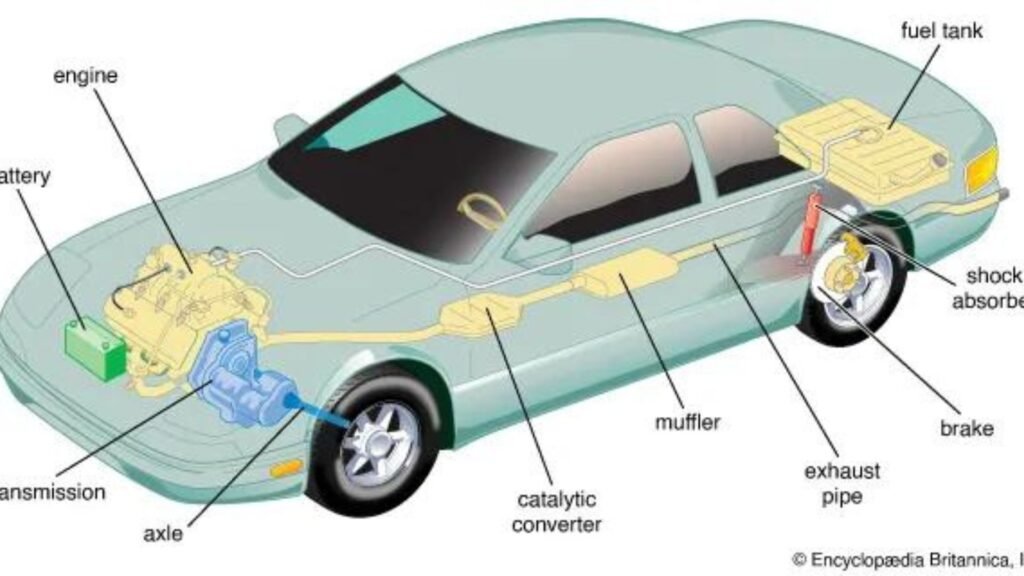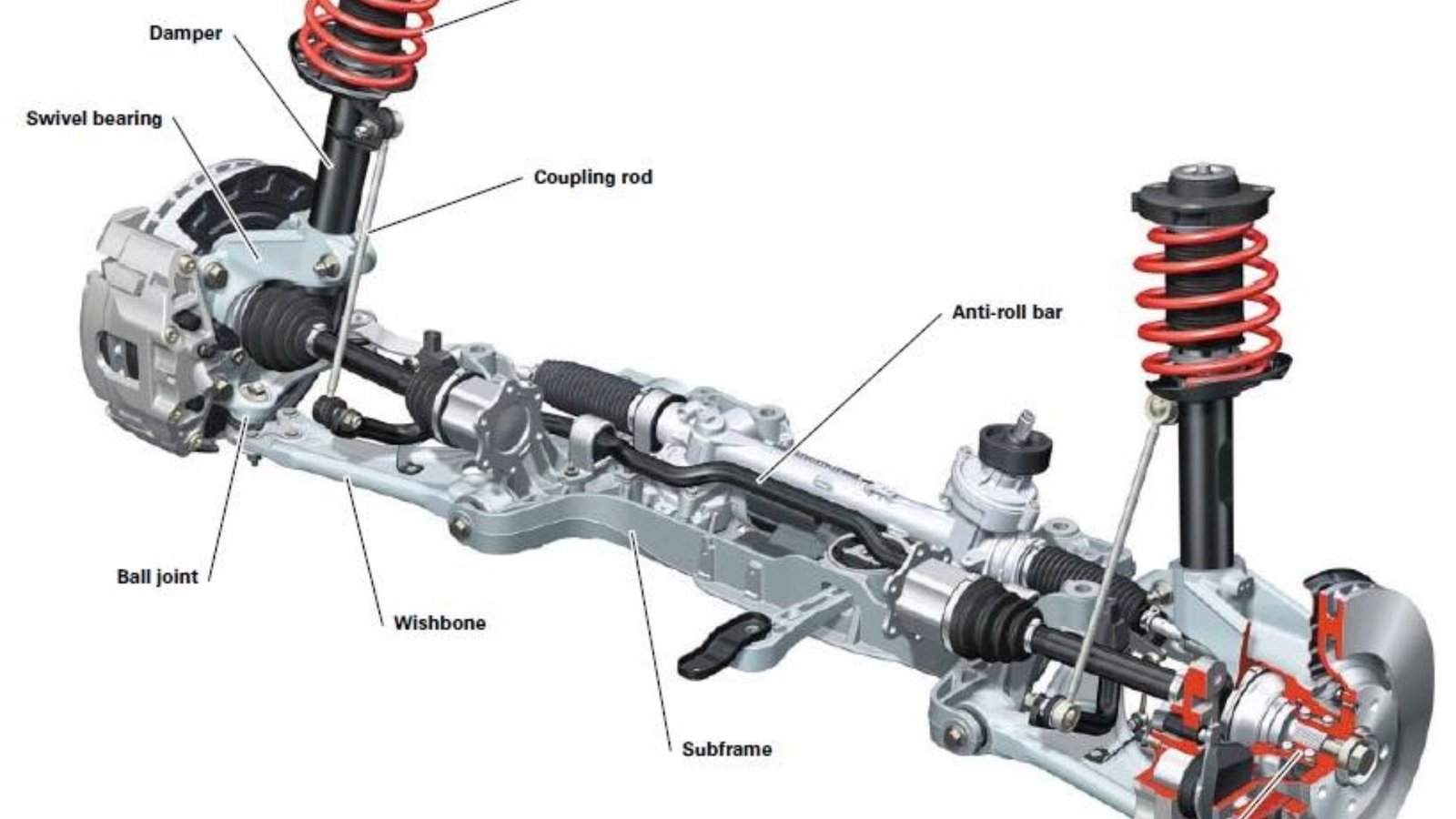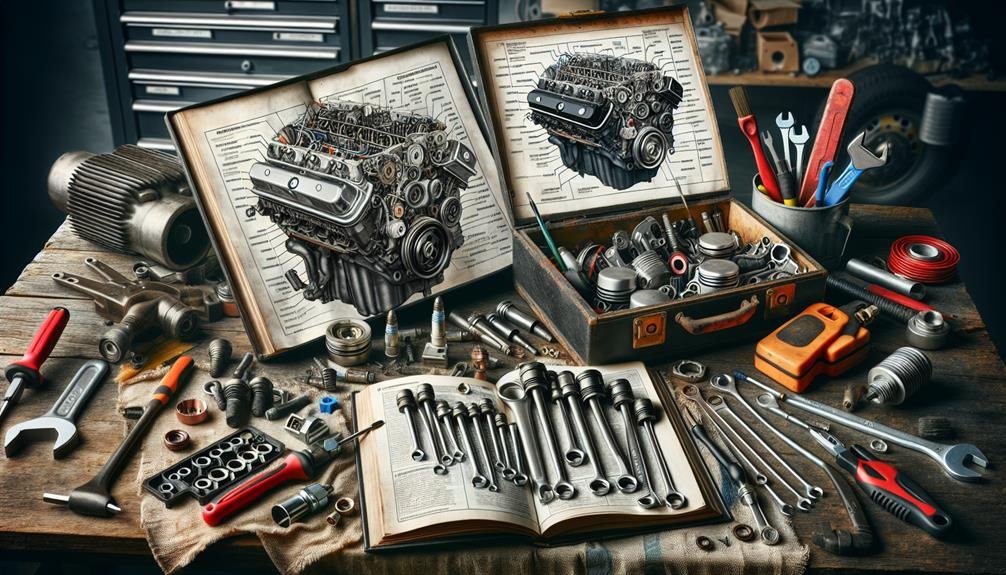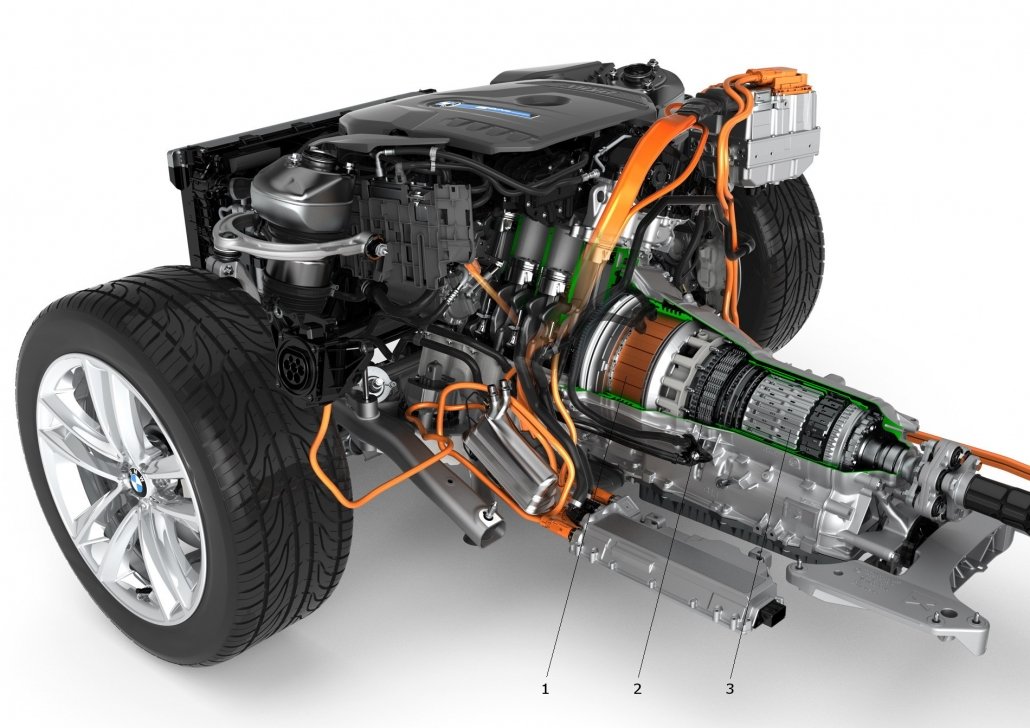Understanding how various car parts function is crucial for maintaining your vehicle and ensuring it runs smoothly. Each component plays a specific role in the operation, performance, and safety of your car. Here’s a comprehensive guide to some of the essential car parts and their functions.

1. Engine
1.1 Core Function
Overview: The engine is the heart of your car, converting fuel into mechanical energy to power the vehicle.
Key Functions:
- Combustion: Burns fuel and air in the cylinders to produce power.
- Power Generation: Converts the combustion energy into rotational force that drives the wheels.
Components:
- Cylinders: Where fuel and air mix and ignite.
- Pistons: Move up and down to generate power.
- Crankshaft: Converts the pistons’ movement into rotational motion.
Importance:
- Driving Force: Provides the power needed to propel your car forward.
- Performance: A well-functioning engine ensures smooth acceleration and efficient power delivery.
2. Transmission
2.1 Power Transfer
Overview: The transmission transfers power from the engine to the wheels, allowing you to control the vehicle’s speed and torque.
Key Functions:
- Gear Shifting: Adjusts the engine’s output to match the driving conditions.
- Torque Conversion: Converts engine power into wheel rotation.
Components:
- Gears: Change the speed and torque of the engine output.
- Clutch (Manual): Disconnects the engine from the transmission for gear changes.
- Torque Converter (Automatic): Smooths out power delivery and gear shifts.
Importance:
- Control: Allows you to adjust speed and acceleration based on driving needs.
- Smooth Operation: Ensures seamless gear transitions and efficient power delivery.
3. Brakes
3.1 Stopping Power
Overview: The brake system is crucial for safely slowing down and stopping your vehicle.
Key Functions:
- Friction: Uses friction to slow the wheels and stop the car.
- Hydraulic Pressure: Transfers force from the brake pedal to the brake components.
Components:
- Brake Pads: Press against the rotors to create friction and slow the car.
- Brake Rotors/Discs: Rotating components that work with the pads to stop the vehicle.
- Brake Fluid: Transfers pressure from the brake pedal to the braking system.
Importance:
- Safety: Essential for stopping the vehicle and preventing accidents.
- Control: Provides precise control over the vehicle’s speed and stopping distance.
4. Suspension System
4.1 Ride and Handling
Overview: The suspension system supports the vehicle’s weight and absorbs shocks from the road, ensuring a smooth and controlled ride.
Key Functions:
- Shock Absorption: Absorbs and dampens road impacts and vibrations.
- Vehicle Stability: Maintains tire contact with the road for better handling.
Components:
- Shock Absorbers: Control the movement of the vehicle’s springs and reduce bouncing.
- Struts: Support the vehicle’s weight and contribute to steering control.
- Springs: Absorb shocks and maintain vehicle height.
Importance:
- Comfort: Provides a smooth and comfortable ride by absorbing road imperfections.
- Handling: Enhances vehicle stability and control, especially during turns and rough terrain.
5. Battery
5.1 Electrical Power
Overview: The battery provides the electrical power necessary to start the engine and run various electrical components.
Key Functions:
- Starting Power: Supplies electrical energy to start the engine.
- Power Supply: Powers electrical systems like lights, radio, and air conditioning.
Components:
- Terminals: Connect the battery to the vehicle’s electrical system.
- Cells: Store and provide electrical energy.
Importance:
- Starting the Engine: Essential for initiating the engine’s operation.
- Electrical Functionality: Ensures that electrical components function properly.
6. Cooling System
6.1 Temperature Regulation
Overview: The cooling system regulates the engine’s temperature to prevent overheating.
Key Functions:
- Heat Dissipation: Removes excess heat from the engine.
- Temperature Control: Maintains the engine at an optimal operating temperature.
Components:
- Radiator: Cools the coolant before it returns to the engine.
- Coolant: Circulates through the engine and radiator to absorb and release heat.
- Thermostat: Regulates coolant flow to maintain the engine’s temperature.
Importance:
- Prevents Overheating: Keeps the engine from reaching temperatures that could cause damage.
- Performance: Ensures the engine runs efficiently and reliably.
7. Alternator
7.1 Power Generation
Overview: The alternator generates electrical power to recharge the battery and power the vehicle’s electrical systems while the engine is running.
Key Functions:
- Charging: Recharges the battery to ensure it has enough power for starting the engine and running electrical systems.
- Power Supply: Powers electrical components like lights and infotainment systems.
Components:
- Rotor: Spins to generate electrical current.
- Stator: Converts mechanical energy into electrical power.
Importance:
- Battery Maintenance: Keeps the battery charged and ensures reliable vehicle operation.
- Electrical Systems: Provides power for various electrical components in the car.
8. Power Steering
8.1 Steering Control
Overview: Power steering makes it easier to steer the vehicle by reducing the amount of effort needed to turn the steering wheel.
Key Functions:
- Assistive Force: Uses hydraulic or electric power to assist in steering.
- Ease of Steering: Reduces the effort required to maneuver the vehicle.
Components:
- Steering Pump (Hydraulic): Provides the hydraulic pressure needed for steering assistance.
- Electric Motor (Electric): Powers the steering system in electric power steering setups.
Importance:
- Ease of Use: Makes steering more comfortable and less physically demanding.
- Control: Enhances steering precision and responsiveness.
Conclusion
Understanding the function of essential car parts is crucial for maintaining your vehicle and ensuring its optimal performance. Each component, from the engine and transmission to the brakes and suspension system, plays a specific role in your car’s operation and safety. By knowing how these parts work, you can better appreciate the importance of regular maintenance and timely repairs, ensuring a smoother, safer, and more enjoyable driving experience.




